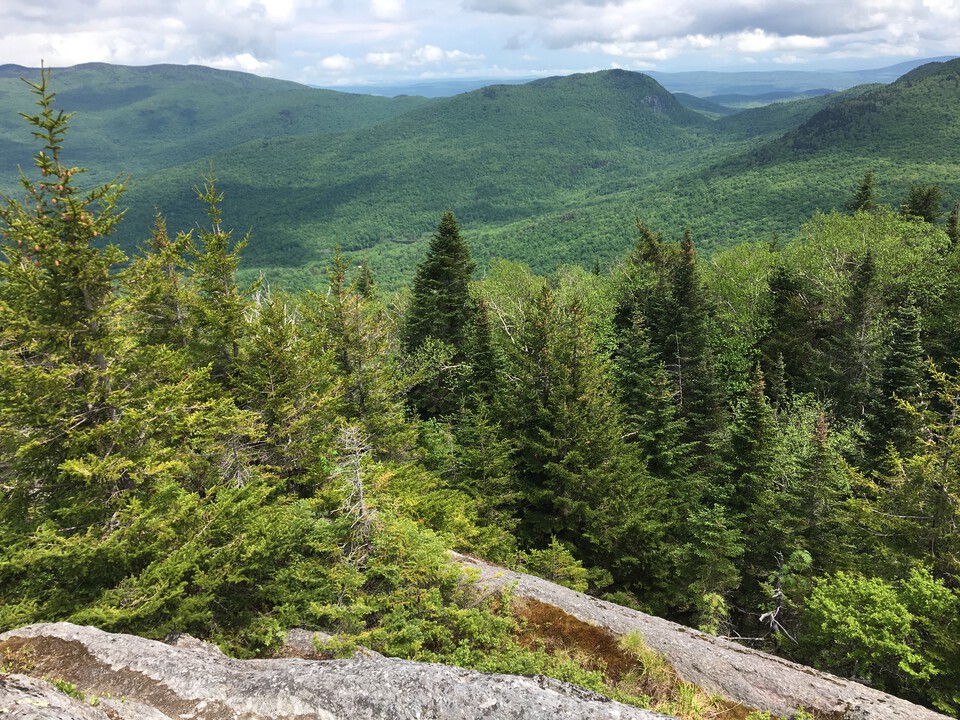Vermont Burnt Mountain Forestry - Removals
Maintaining forest CO₂ stocks above the regional baseline with a focus on sustainable, natural forest growth and non-commercial maintenance.
This project ensures the long-term sustainable management of 5,317.4 acres of northern hardwood and northern conifer forests in the north of Vermont—which would otherwise risk significant commercial timber harvesting—as well as the continuance of all environmental benefits linked to their conservation. The project's commitment to maintaining forest CO2 stocks above the regional baseline will provide significant climate benefits through carbon sequestration.
Burnt Mountain is crucial piece of connectivity in a conservation corridor of state-owned parks and lands. Located on the border of a tri-county region called “The Northeast Kingdom” in Vermont, it's known for industrial large-scale timber management with more aggressive harvest practices. The area is also a recreation draw for the state.
Using the Nature Conservancy's forest management practices, the project represents a significant improvement in carbon storage and conservation value than higher-return, more aggressive management regimes of industrial private lands in the region, which are characterized by shorter, even-aged rotations. The forests' management decisions focus on sustainable, natural forest growth and non-commercial forest maintenance for essential activities and forest health.
Project location
Technology and mechanism
Project certifications
Certifier
Standard
American Carbon Registry
Registry ID
ACR518
Project registration date
Crediting period term
Project methodology
ACR Improved Forest Management (IFM) on Non-Federal U.S. Forestlands, Version 1.3.
Project design document (PDD)
PDD: Vermont Burnt Mountain Forestry
Current verifier of project outcomes
SCS Global Services
Project details



